
(Photo credit: NPS)
In 300 A.D., natives settled the Moapa Valley and the confluence of the Virgin and Muddy Rivers. Several cultures built a Puebloan city across the river from the ghost town of St. Thomas. Lake Mead’s rising waters submerged what is now known as Lost City. Archeologists and the Civilian Conservation Corps excavated what they could and created the Lost City Museum to house relics.
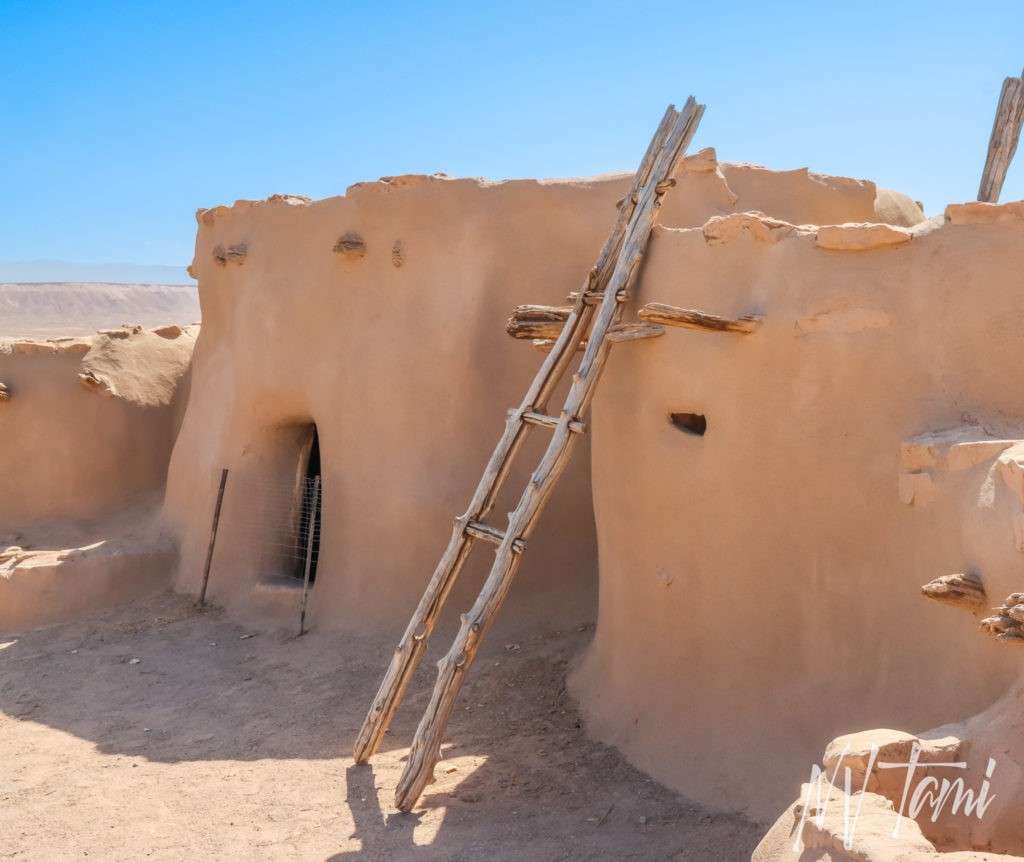
Basketmakers & Pit Homes
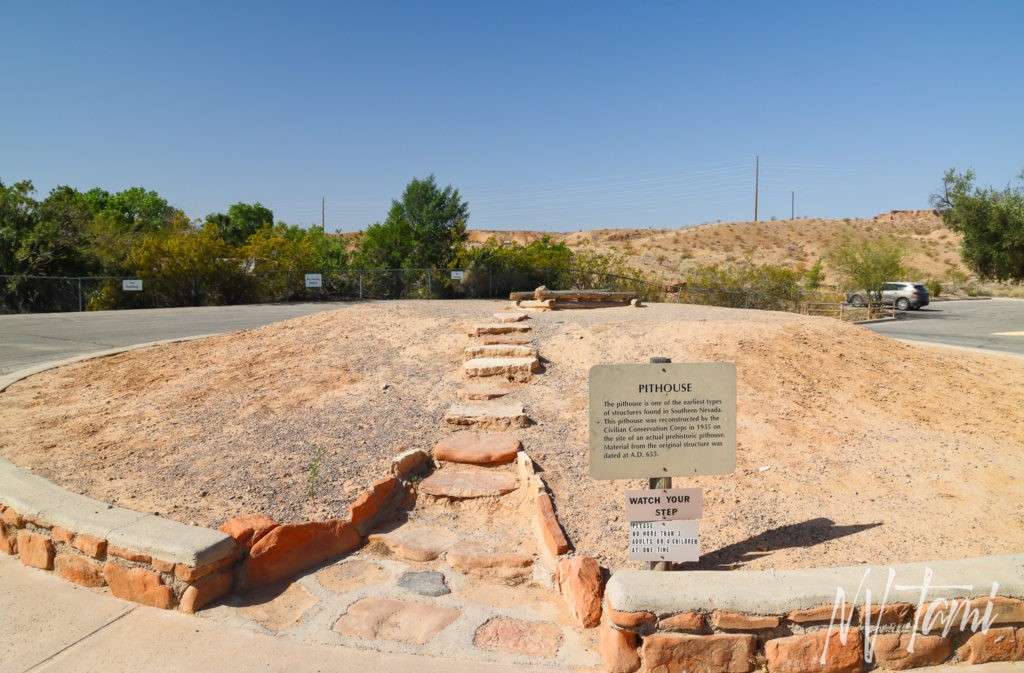
The area around Lost city showed evidence of human activity dating to 8000 B.C.E. In 300 A. D. the Basketmakers, a nomadic people settled the area. They are named after the elaborate baskets archeologists found at their cultural sites.
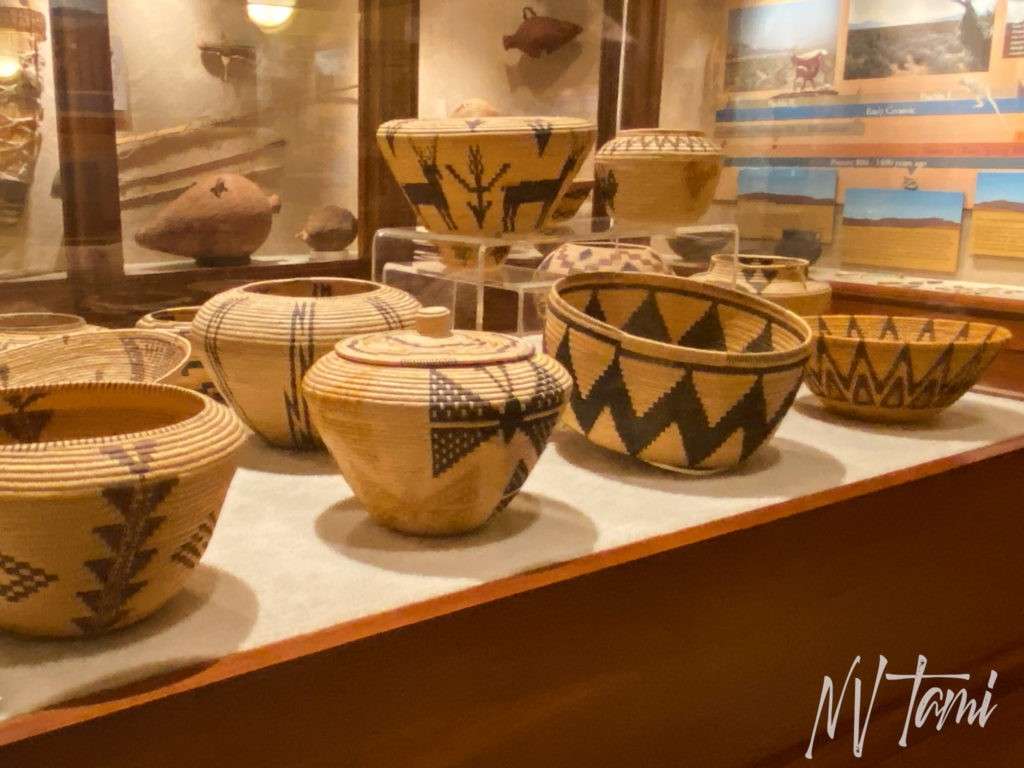
The Basketmakers constructed underground pit-houses homes. Their pit houses were often circular dugouts supported by log beams. Roofs consisted of brush, planks, and earth. A ladder accessed the dwelling in an opening in the ceiling. The ground acted as insulation, and the homes would remain cool in the summer and warm in the winter.
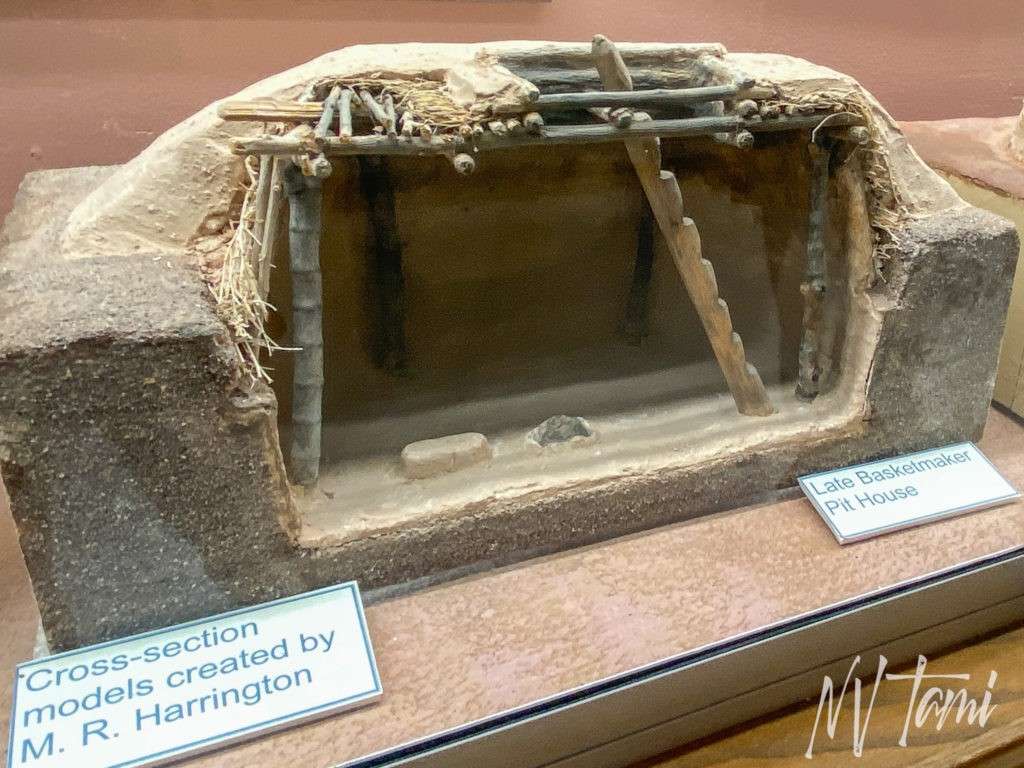

Ancestral Puebloans & Pueblos
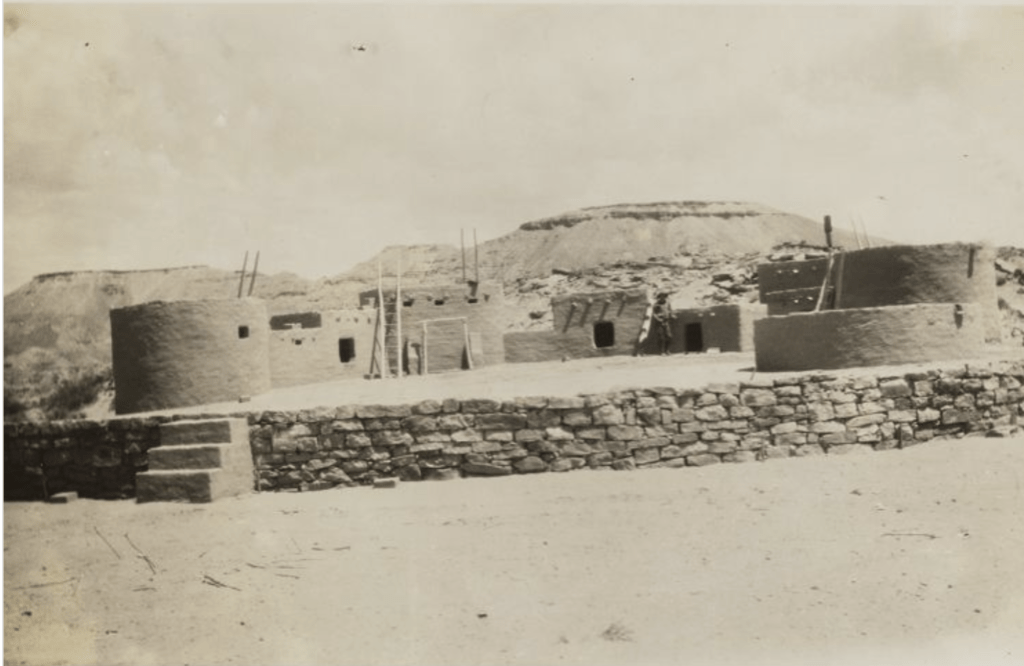
(photo credit: UNLV)
Next, the area was settled by the Ancestral Puebloans, or Anasazi, who occupied the area until 1150 A.D. The two groups inhabited the lands at the same time and their cultures influenced each other.
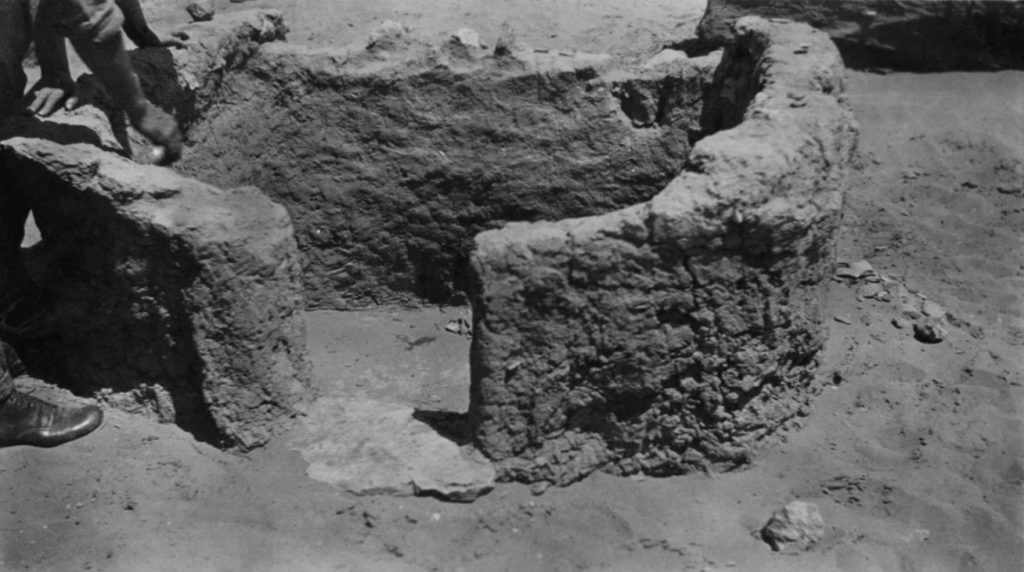
(Photo credit: UNLV)
Ancestral Puebloans constructed pueblos, above-ground adobe homes. These ranged from single rooms to over twenty, with one consisting of over one hundred. Some homes included a combination of pit homes and pueblos.
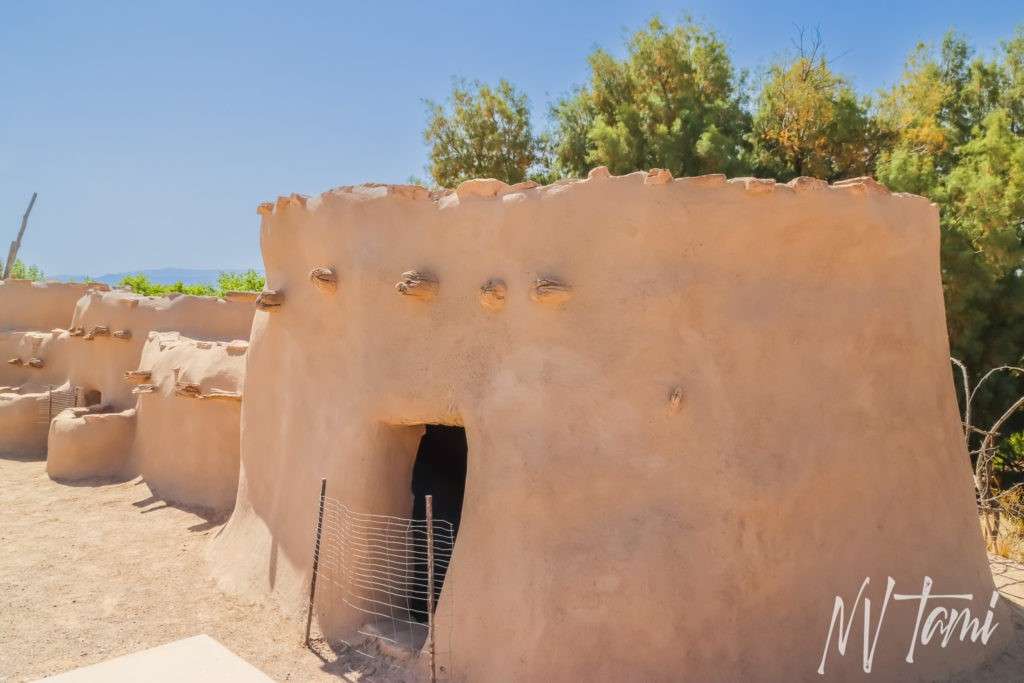
Discovery of Pueblo Grande de Nevada: Lost City
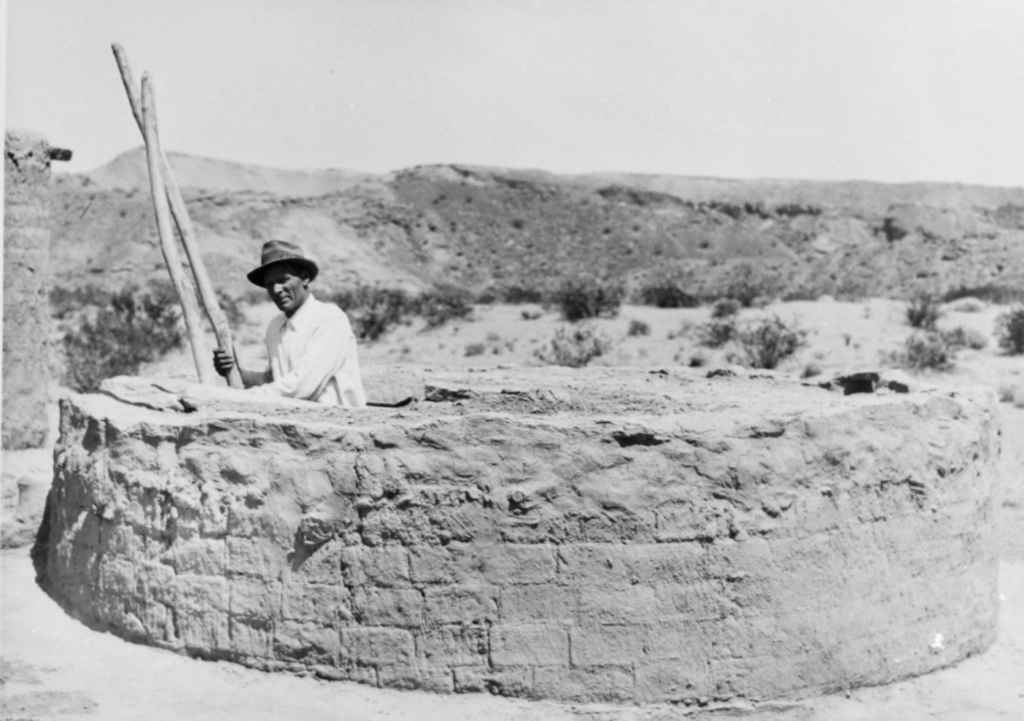
(Photo credit: UNLV)
In 1827, Jedediah Smith discovered Native American artifacts in the region. Explorers first visited the ancient ruins in 1867, but they had little interest in the site. Hundreds of pit-houses, pueblos, salt mines, caves, and campsites covered sixteen miles of riverbank. As a result, the site was named Pueblo Grande de Nevada, more commonly called Lost City.
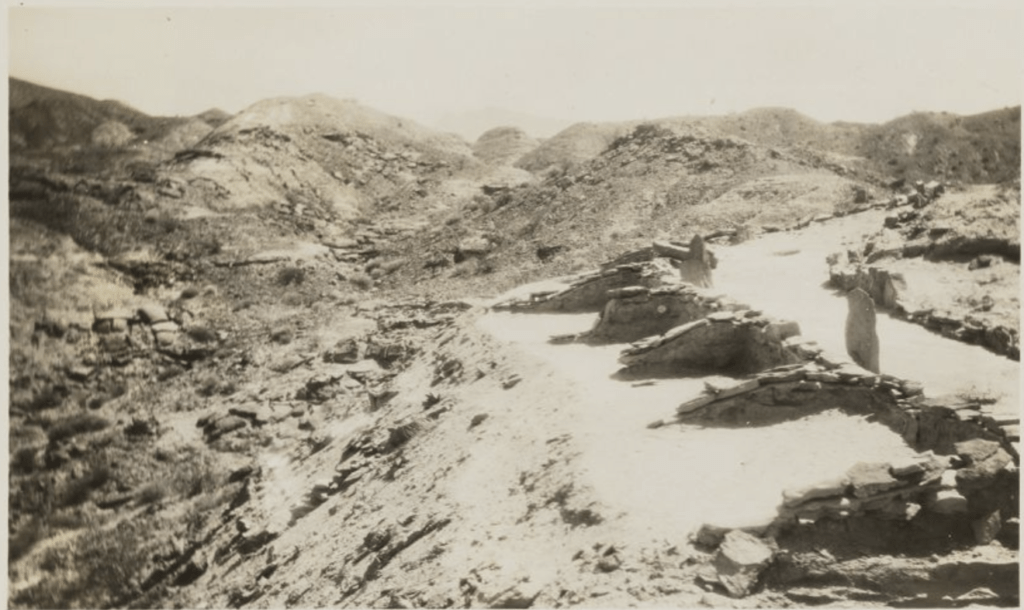
(Photo credit: UNLV)
John and Fay Perkins wandered across the ruins in 1924. Governor Scrugham wanted to expand Nevada’s tourism and he publicized the ancient city. Archeological excavation began that year, headed by Mark Raymond Harrington. They uncovered artifacts including baskets, tools, weapons, and graves. Excavation continued until 1938.

(Photo credit UNLV)
Salt Mines
Archeologists believe the Pueblo Indians initially mined area salt beds between 500-1200A.D. Scientists from all over the county traveled to study the ancient tools, archeological evidence, and petroglyphs described by miners in the late 1800s.

(Photo credit: UNLV)
Rising Flood Waters
To limit flooding of the Colorado River, in 1928, President Calvin Coolidge signed a bill creating Hoover Dam. The dam would also provide irrigation water and hydroelectric power. The construction of the Hoover dam would form Lake Mead. Unfortunately, the new lake would submerge Lost City and the surrounding ancestral homes.

(Photo credit: UNLV)
Harrington worked in conjunction with the Civilian Conservation Corps, National Park Service to document and preserve what they could of the Lost City before it was submerged under Lake Mead. Crews worked until waters lapped at the site, preventing further study.
Lost City Museum
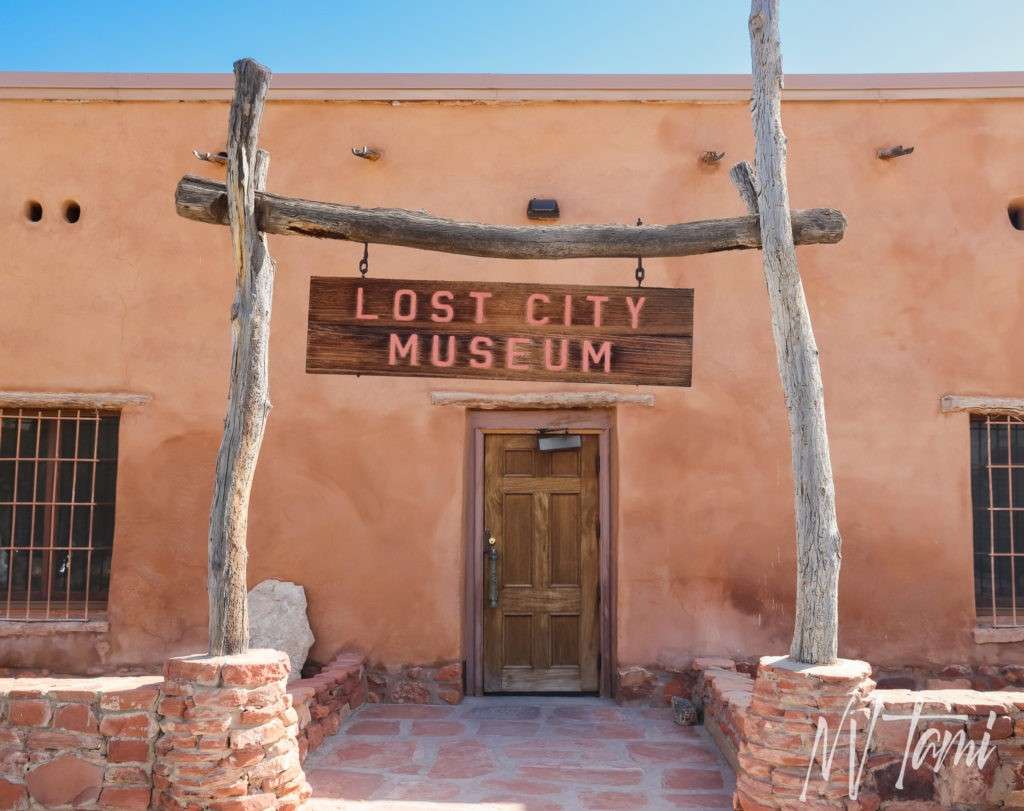
In 1935, The Civilian Conservation Corps, CCC, constructed a museum at nearby Overton named Hoover Dam Park Museum to display the archeological finds. They built the museum on a prehistoric Puebloan site. National Park Service transferred the museum to Nevada Park Service in the 1950s and renamed it Lost City Museum.
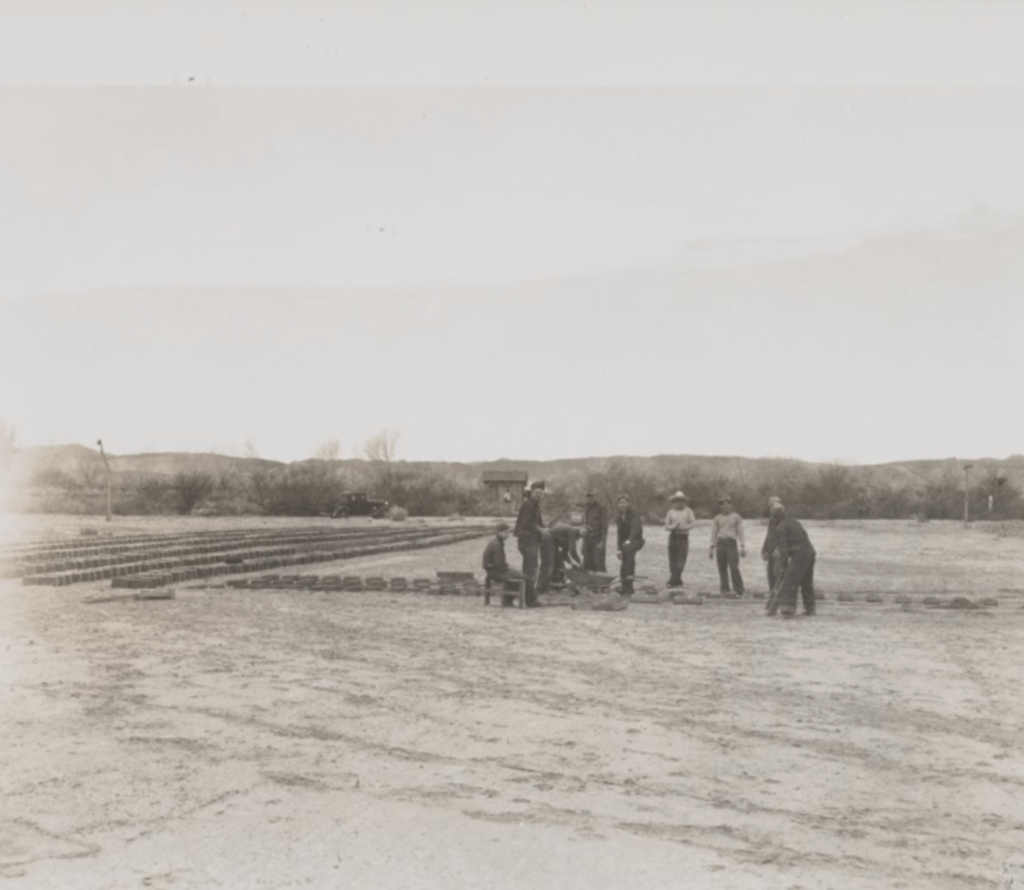
The CCC made adobe bricks which they baked in the sun
(Photo credit: UNLV)
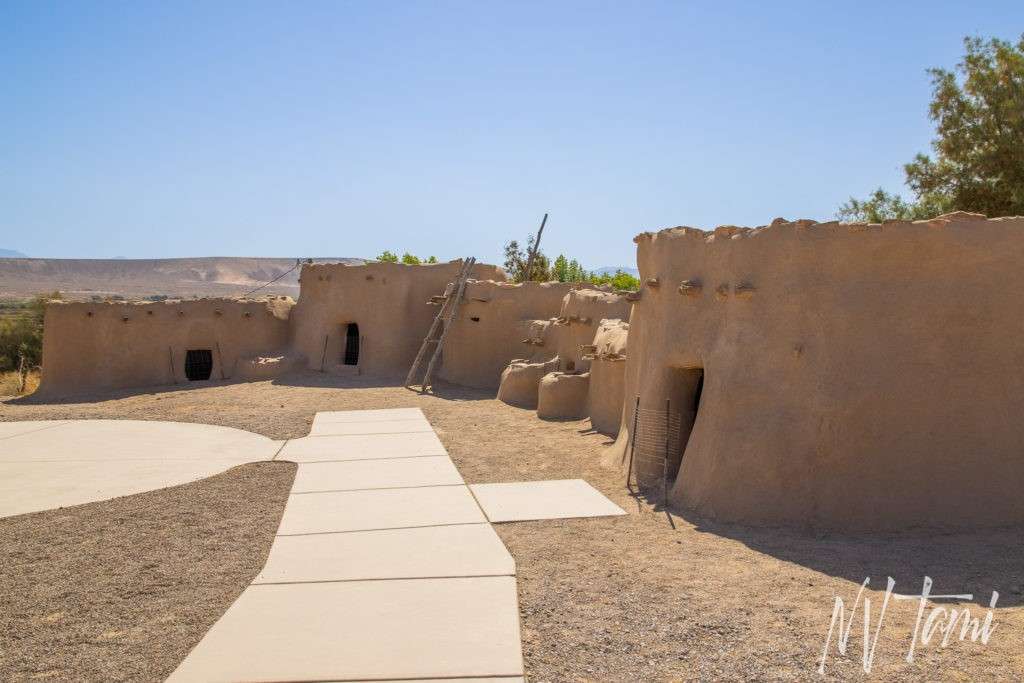
Indoor Exhibits
The original CCC portion of the museum looks much as it did almost 100 years ago. Glass and wood display cases showcase a variety of artifacts from Lost City. In addition, the main room encompasses an archeological site excavated in the 1930s. Displays include baskets initially owned by Richard and Fay Perkins.

One wall has a display about St. Thomas, which also became a ghost town with the creation of Lake Mead. The back wall has a collection of local artwork for sale.
Outdoor Pueblo and Pit House
A reconstructed pueblo sits behind the museum building with a pit-house in front.
Pueblos
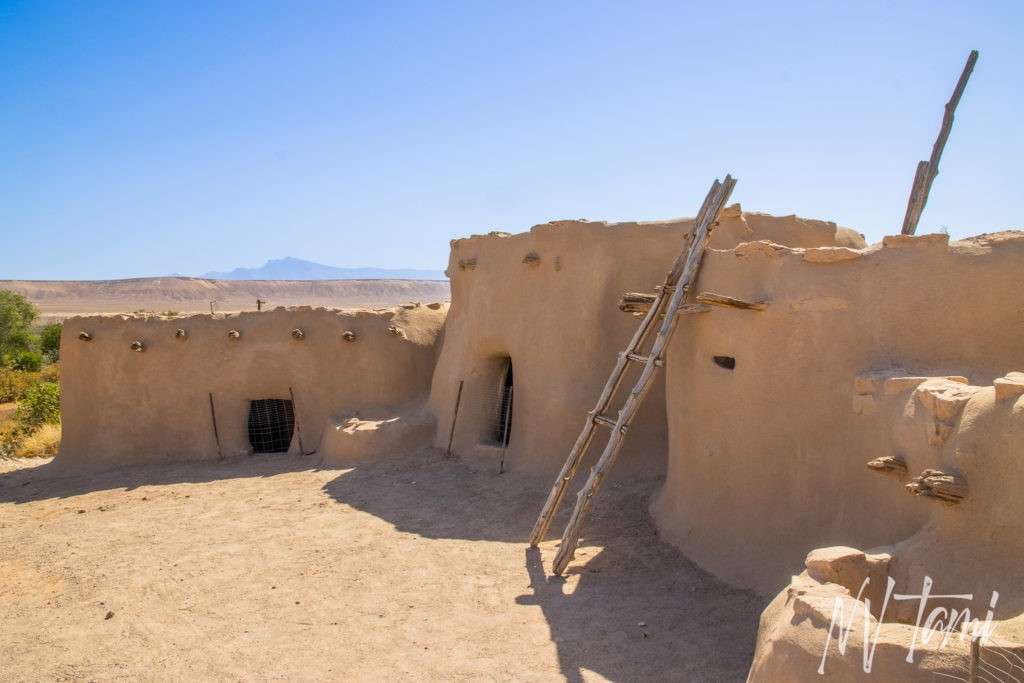
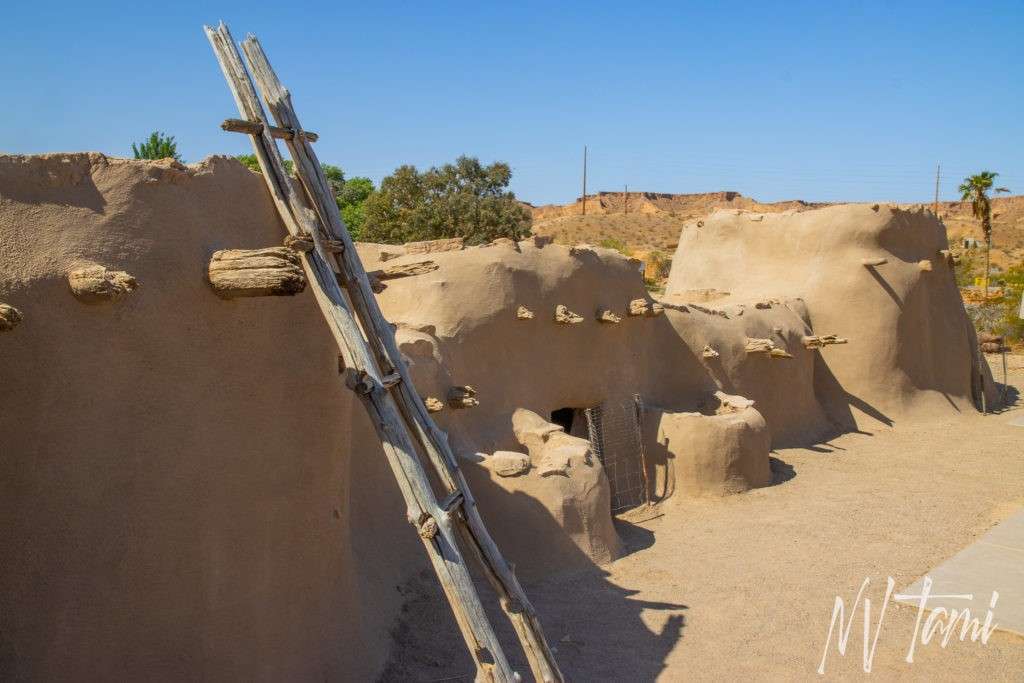
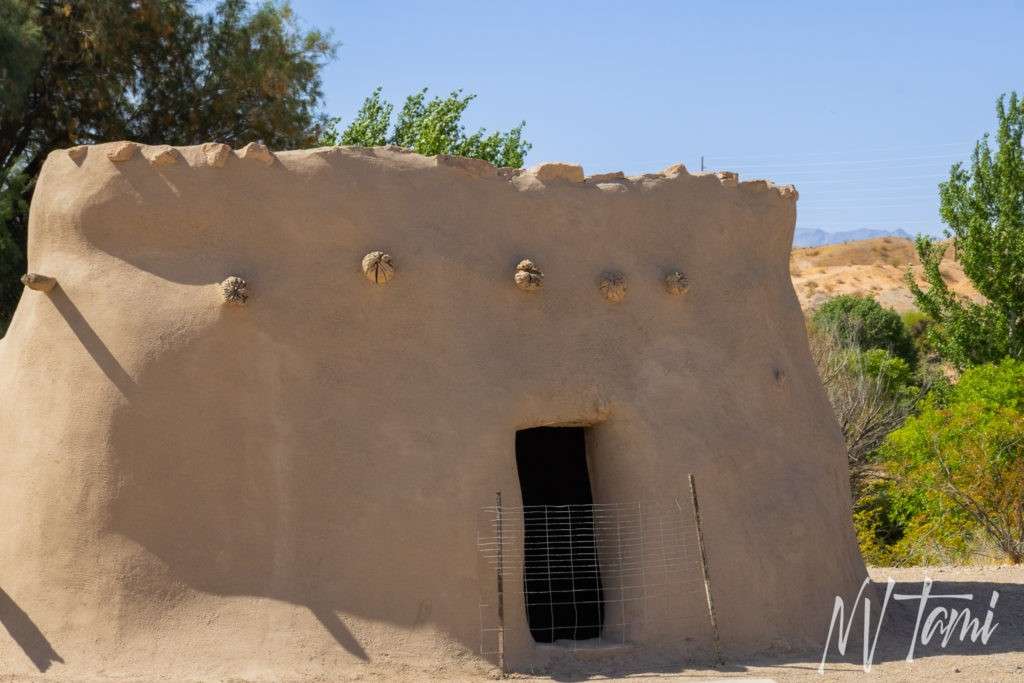

Pit-House
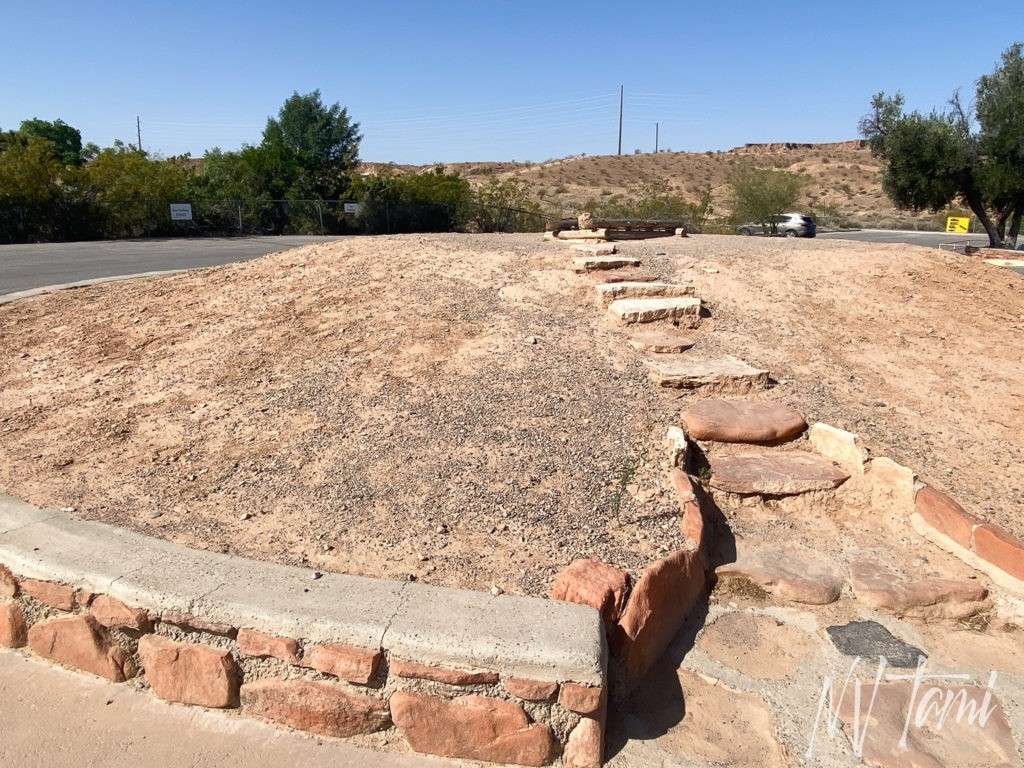
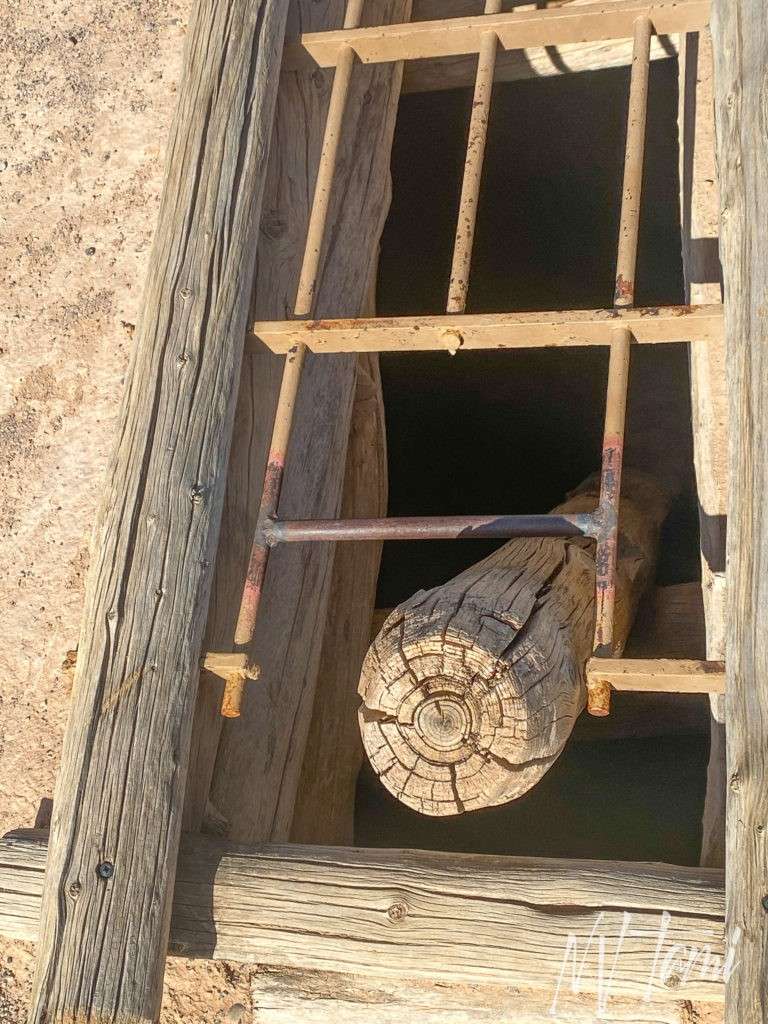
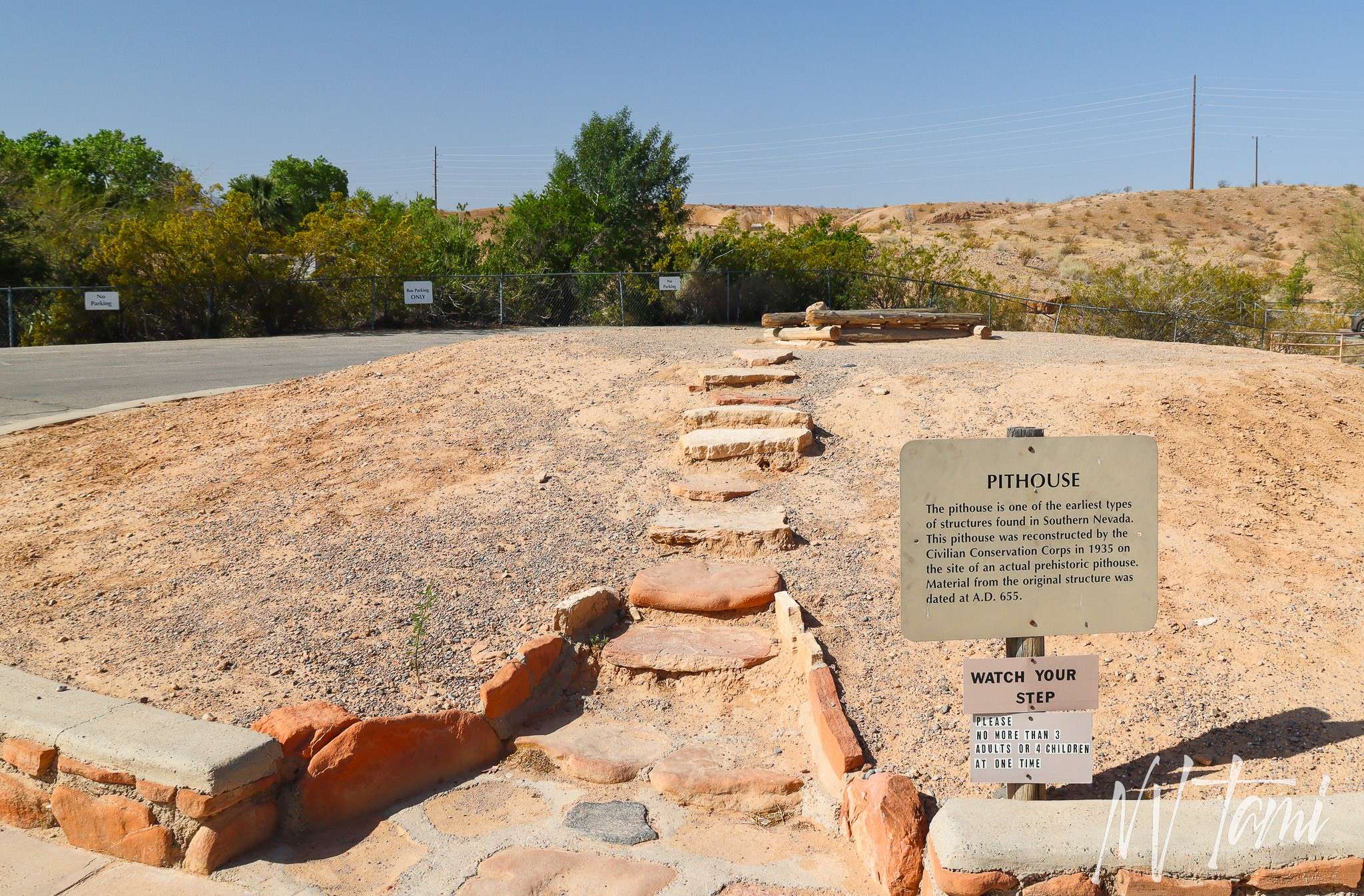
Gardens
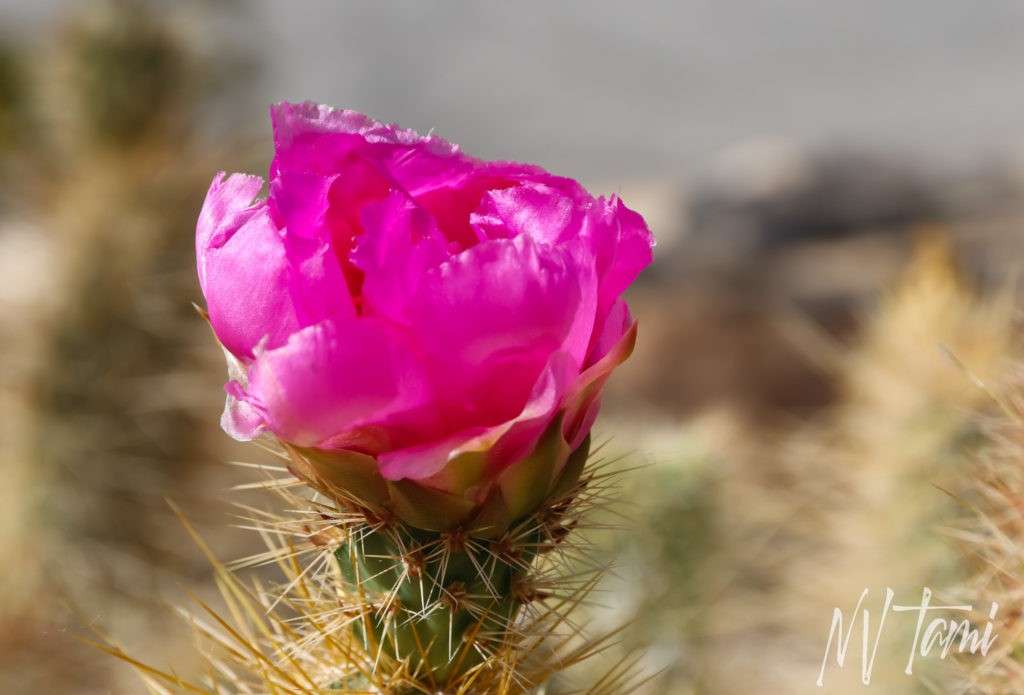
Lost city museum has beautiful gardens and outdoor grounds. We were fortunate cactus was in bloom.
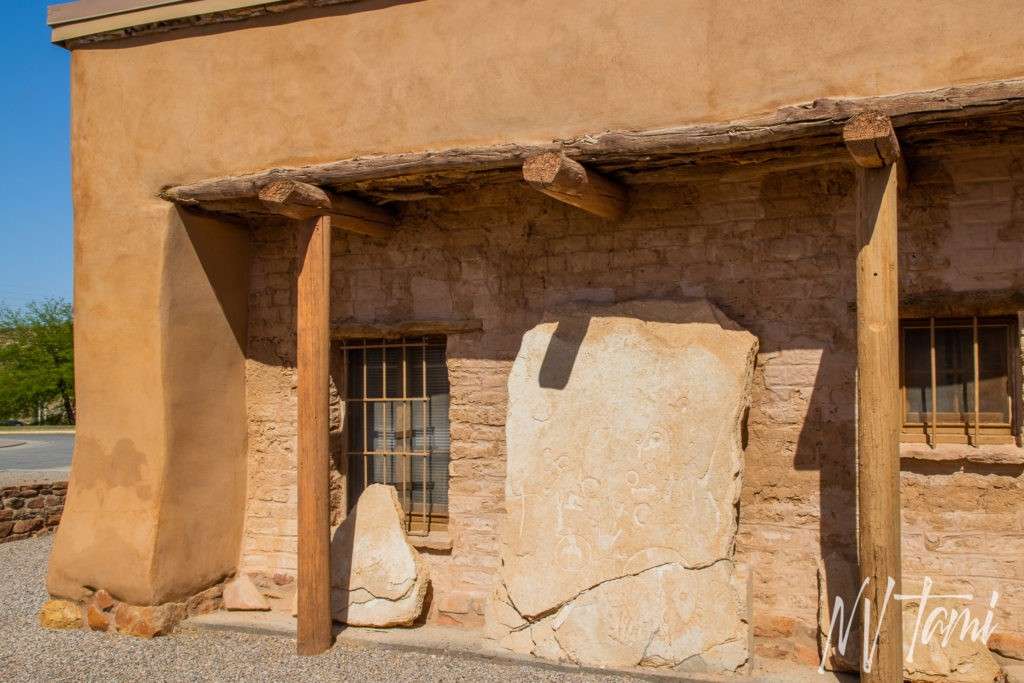
Ghost Towning
My friend Lynn, a local artist, showcases her artwork at Lost City Museum. When she learned I would be in the area, she arranged for museum director Mary Beth and attendant Jessee to welcome us. My little one and I had fun exploring the museum, I think it is probably the most underrated Nevada State Museum. It has engaging displays, and you almost expect Indiana Jones to pop his head out of the archeological dig. We most enjoyed wandering the outside ground, including the gardens, pit house, and pueblo. We bought jewelry to remember our day and yummy pomegranate jelly for breakfast the following day.
Want more ghost towns?
For information on more than three hundred ghost towns in Nevada, visit the Nevada Ghost Towns Map or a list of Nevada ghost towns.

For information on more than 300 ghost towns in Nevada, visit Nevada Ghost Towns Map
References
- Atlas Obscura: St. Thomas Ghost Town
- Carlson, Helen S. Nevada Place Names: A Geographical Dictionary. University of Nevada Press, 1974. Page 158.
- The Daily Sentinal: Nevada town has disappeared and re-emerged over 150 years
- Gamett, James and Stan Paher. Nevada Post Offices: An Illustrated History. Nevada Publications, 1983 Page 114.
- Legenda of America: Pueblo Grande de Nevada – The Lost City
- Lincoln, Francis Church. Mining Districts and Mineral Resources of Nevada. Stanley Paher, 1982. Page 28.
- Minedat: St. Thomas Mining District
- National Park Service: St. Thomas
- Nevada Magazine: St. Thomas
- Nevada Public Radio: St. Thomas: Ghost Town And Ghost Lake
- News 3 LV: From the Depths of Lake Mead: St. Thomas, NV
- Outdoor Project: St. Thomas Ghost Town
- Paher, Stanley. Nevada Ghost Towns and Mining Camps. Nevada Publications, 1970. Page 287-289.
- Paher, Stanley. Nevada Ghost Towns and Desert Atlas. Nevada Publications, 2009. Page 122-123.
- Boulder Lake Covers Old Town Site: Reno-Gazette Journal, June 25, 1938:
- Census figures are discolosed for Nevada Points: Reno-Gazette Journal, April 26, 1930:
- It’s last census: Reno-Gazette Journal, April 26, 1930:
- St. Thomas salt deposits were worked 500 to 1200 A.D. accoridng to report: Reno Gazette Journal, June 30, 1937
- Thought Co: What Is a Pit House? Winter Home for Our Ancient Ancestors
- Travel Nevada: Lost City Museum
- Travel Nevada: St. Thomas Ghost Town
- Wikipedia: Arrowhead Trail
- Wikipedia: Bonelli’s Ferry
Therese says
I just love your stories. I was born and raised in Nevada and you have opened up a book for me about our wonderful state.
Tami says
Thank you, maybe someday I’ll have another type of book for you to open. Hubby was born and raised in Nevada and is surprised by what I find he never knew.
judy warren-wickwire says
Tami
This is one of your best. This was a new site for me and you introduced it to me grandly.
Thanks for including so many vintage photos.
Tami says
Thank you, Judy, that made my day coming from you. If you haven’t visited, Valley of Fire is close. I’m wondering what has been exposed as the lake retreated. St.Thomas is close and is bone dry now.
Stephen Belmont says
I too was born and partially raised in Nevada town that no longer exists. Babbitt Nevada used to be next to the Naval ammunition depot in Hawthorne Nevada. Not sure if we can call that a ghost town. I wanted to tell you of a place I’ve been near Topock Arizona across from Needles California called the Topock maze. It is worth a look if you ever get down to southern Nevada again. I love reading your articles.
Tami says
Babbitt has been on my list to document. One of my friend’s moms grew up there. I would love to hear of any cool places you know of. I plan on stopping in Hawthorne this summer to see friends. I’m glad you have enjoyed my travels!